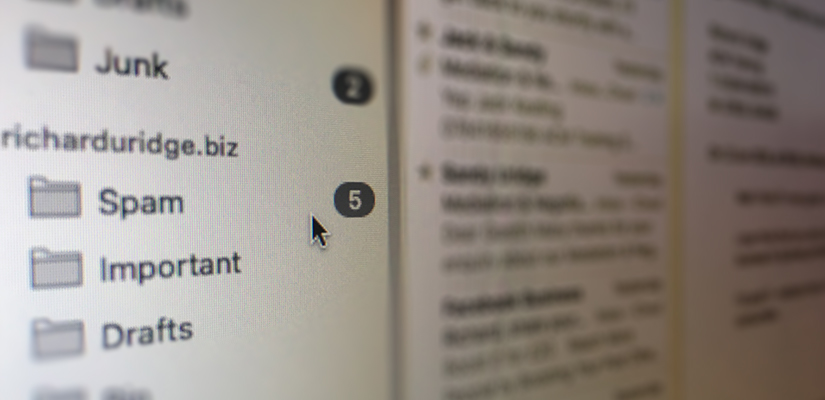People are getting angrier. Or certainly less reasonable. That’s what our clients are telling us as we travel across Britain delivering our dealing with difficult people training. So why? In the local government sector (and others) it’s probably linked to a decade of austerity which has led to services being reduced or withdrawn altogether and service users getting frustrated as a result. It’s also down, I’d suggest, to the general coarsening of public discourse fuelled, if not sparked, by Brexit. People hear our so-called leaders slinging insults at one another across the floor of the House of Commons and elsewhere and they, quite understandably, follow suit. After all that’s how leadership works isn’t it? Leaders lead. The rest of us follow. Leading by bad example as it were.
Social media hasn’t helped either. Facebook, Twitter et al have led us to believe (wrongly) that we can get pretty much instant gratification. Instant likes. Instant thumbs ups. Instant responses to our problems. But so many sectors don’t run at the same dizzying speed. Complain on Twitter about your local authority in just seconds, then sit back and watch your blood pressure rise as the complaint takes days, weeks or even months to resolve.
All of which means there are more difficult people to deal with numerically and there are more difficult people to deal with behaviourally. So pity the poor people at the other end of the line getting sworn at, threatened and generally mistreated.
And I should add that frustration doesn’t just lead to anger. Sometimes it leads to tears. Callers are crying out for help – literally. Both, in their different ways, are hugely challenging for call handlers who, if they’re not managed properly, can suffer what’s called vicarious traumatisation a result. Heck, it can even lead to mental health issues if not properly addressed. Sad, mad and bad callers lead potentially to sad, mad and bad call handlers!
At ACM Training we equip call handlers with a range of tools to deal with difficult people and challenging behaviour. And we help them deal with the impact it can have on them personally and professionally so they can avoid the attendant stress and potential burnout. Here’s a list of call handling tips we drew up with the help of delegates who attended a series of short workshops at a local authority in the North West of England.
- Don’t interrupt them in full flow – it’ll only make matters worse.
- Remember angry callers are a bit like fireworks – they’ll fizzle out eventually and that’s the time to interject.
- Fireworks can flare up again.
- Try to establish why they are angry – by listening carefully and asking the right questions
- Agree with them – it can defuse an awkward situation, even if you only agree with a narrow part of what they’re saying.
- Say sorry – it costs nothing and, phrased carefully, isn’t an admission of guilt or wrongdoing.
- Concede some ground or stand together on the common ground to avoid shouting across the gulf of your differences.
- Don’t state the obvious – it antagonises angry callers.
- Don’t promise the undeliverable in the hope that it’ll satisfy them – they’ll see through your ruse.
- Make the most of what you can offer.
- Listen. You’ve got two ears and one mouth – use them in about that proportion!
- Interject regularly with little noises (uh, oh, I see, yes etc) to let them know you’re still listening.
- Remember their anger may be perfectly reasonable in the circumstances.
- Try not to take it personally – it’s not you they’re angry with but the situation or even themselves.
- Keep your eye on the bigger picture – they may have or need vital information.
- Set ground rules as soon as you reasonably can to help reduce/manage expectation and heighten appreciation.
- Empathise by trying to picture yourself in their situation.
- Sweet reason – try explaining why you need what you need from them or why you can’t help.
- Perspective – help them see the bigger picture and that in the scheme of things their circumstances aren’t so bad after all (assuming they aren’t!).
- Don’t tell them to calm down – it’ll probably have the opposite effect.
- Instead get them to do something practical – in concentrating on the task in hand they’ll be diverted from their anger which often springs from a feeling of impotence and helplessness.
- Remain calm yourself (or at the very least try to sound calm). If you respond to anger with anger the call will quickly descend in a downward spiral. Speak deliberately and clearly (not too slow because it can be read as patronising) and you’ll find there’s a chance they’ll mirror your demeanour and calm down themselves.
- Abusive or threatening calls should not and are not tolerated in everyday call handling and it is perfectly acceptable to terminate such a call if the abuse continues after an initial warning. However, in a genuine emergency there may need to be more flexibility and tolerance.
- Avoid burn out by taking frequent breaks and have a chance to offload any personal stress onto colleagues and/or supervisors. Remember a problem shared really is a problem halved.
This post first appeared on our sister blog Difficult People.
[product id=”2590″]








